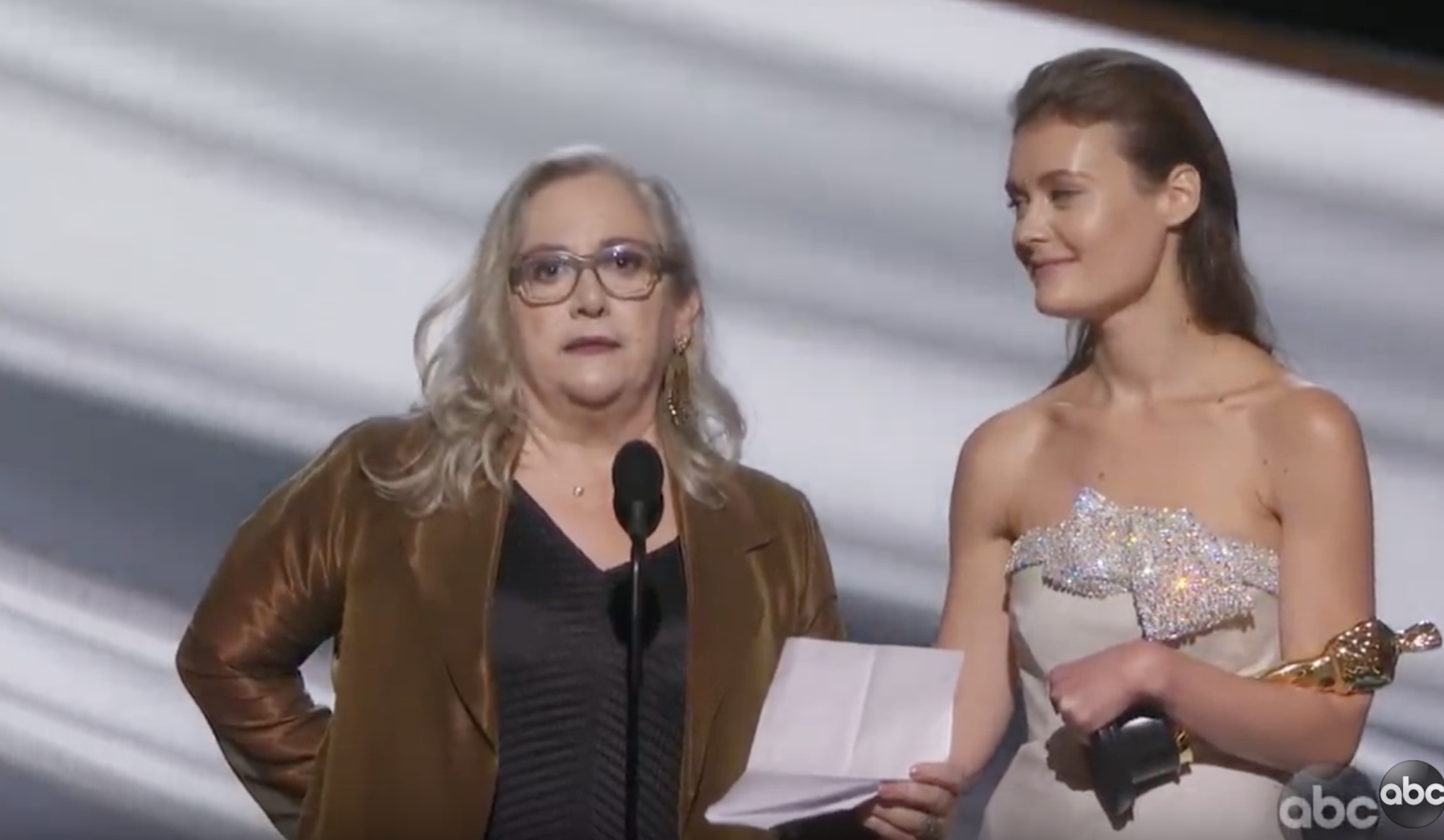
On Sunday, Carol Dysinger won the Oscar for her short documentary, Learning to Skateboard in a Warzone (If You’re a Girl).
It’s a delightful film that will make you both laugh and cry, but this post isn’t a film review. It’s about a life lesson that I learned from her.
In 1977, when Dysinger was twenty-two years old, she won the coveted Student Academy Award. Frank Capra, famed director of You Can’t Take it with You and Mr. Smith Goes to Washington, presented the award. It was (and is) a big deal — of all the student films made around the world, only one can win. Everyone, including Dysinger, assumed her career would take off like a rocketship from there.
Of course that stuff only happens in the movies.
Dysinger’s real story was more of a struggle. She has worked in Afghanistan for almost 20 years, making documentaries that won prizes and grants from top festivals. But nothing compared to her early win.
I met Dysinger in 2009 when I joined a grad film program where she was the editing professor. She was working on a film called One Bullet Afghanistan, which, more than twelve years later, she’s still working on.
It was during this time that Dysinger was asked to make a film about the girls of Skateistan — a school where underprivileged kids learn basic academics and how to skate. She accepted. Then this film, this side project, just took off.
Learning to Skateboard was nominated at major festivals and won at Tribeca and the BAFTAs before winning the Oscar for Documentary Short Subject.
43 years after Carol Dysinger won the student academy award, she won the grown-up version.
When I was her student, Dysinger’s favorite piece of advice was that becoming a filmmaker would take “a whole lot of not quitting” — a phrase she repeated during her acceptance speech.
A whole lot of not quitting. That’s great advice for pretty much anything. Everything takes much, much longer than we think it will. We get frustrated, upset and dejected. After six years or ten, we give up.
Sometimes quitting is the right choice. But often, those who reach the pinnacle do so not with shortcuts or luck, but because of a whole lot of not quitting. For decades.
I’m thrilled to see one of the good ones succeed — four long decades after her first taste of success.



